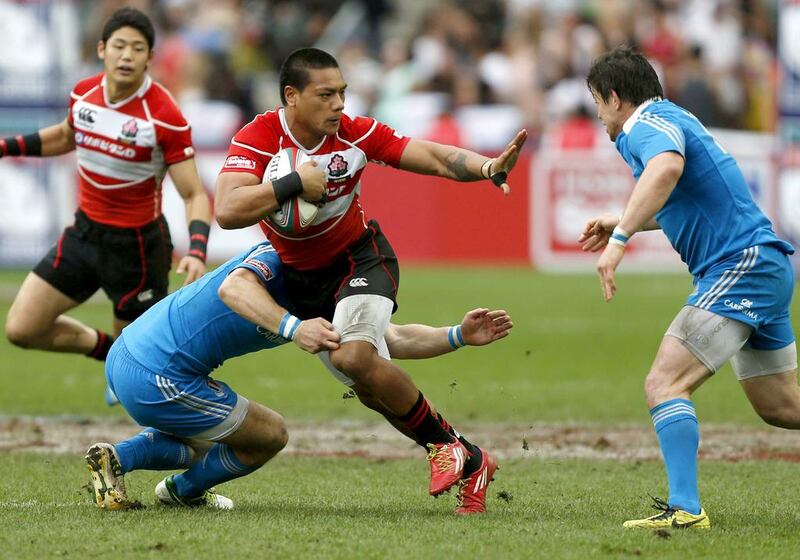There may be uncertainty over what Asian rugby is going to look like in the future.
But what is certain is that change to the elite competition structure on the continent is long overdue. It seems definite that there will be just three teams in the top tier from next season.
On the evidence of six seasons of HSBC Asian Five Nations competitions, the rugby hierarchy on the continent remains more or less the same as it always was – only the gaps dividing each nation have become enlarged.
The Asian Five Nations was always a nice idea in theory, but it never really worked out in practice. South Korea and Hong Kong are the only sides who can realistically compete with Japan, who are ranked a heady 15th in the world, and that is only if not being beaten by a cricket score passes for being competitive.
The rest, be it Kazakhstan, Sri Lanka, the Philippines or the UAE, have an impossible gap to bridge given the resources available to each of them at their position on the development journey.
Keeping Japan to less than 100 points may be a worthy target for an amateur side if they have to play against them, but it makes for an ugly tournament if that is the starting point for ambitions.
If there is to be an expanded second division with the likes of Kazakhstan, Singapore or Sri Lanka, that is something for UAE players to aim for.
A level field against evenly-matched opposition will seem a refreshing change given what has gone before.
pradley@thenational.ae
Follow us on Twitter at @SprtNationalUAE






